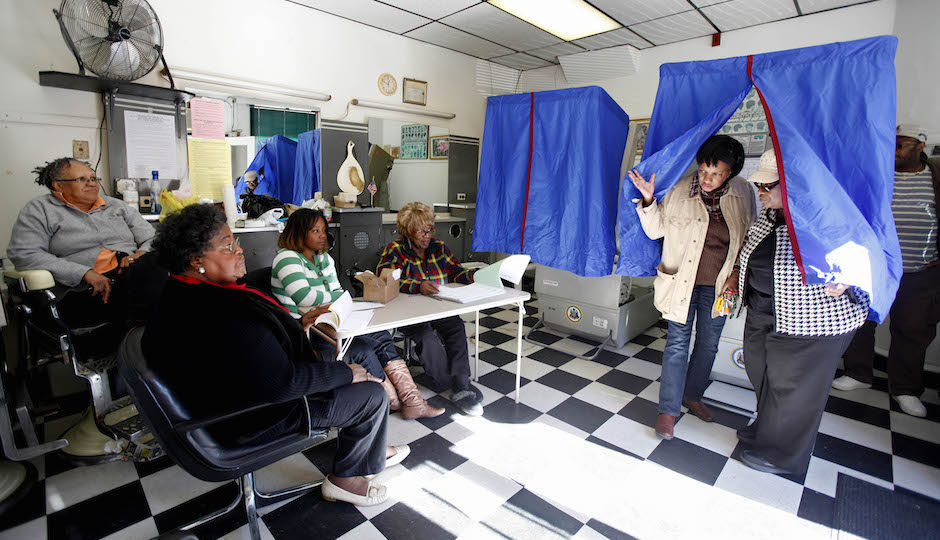Does “Bullet Voting” Really Work?
If you want to shake up City Council, many political insiders will tell you to vote for one at-large candidate and one at-large candidate only. This tactic is known as “bullet voting,” and the idea behind it is that by voting for just one candidate, you don’t run the risk of elevating another candidate who could beat your No. 1 choice.
Until now, we didn’t know very much about the prevalence of bullet voting, or how effective it is, in Philadelphia. That changed when City Commissioner Al Schmidt on Tuesday released a study about bullet voting in the primary election. “This was a massive undertaking,” he said in a press release, “and has never been done before.”
Here are seven takeaways from his analysis:
- Twenty-three percent of Democrats and 22 percent of Republicans who voted in the 2015 primary supported only one candidate in the City Council at-large race. That’s a lot of bullet voting! Comparatively, 33 percent of Democrats and 28 percent of Republicans voted for five candidates.
- Nineteen percent of Democrats and 8 percent of Republicans who came out to the polls in May didn’t vote for a single candidate in the City Council at-large race. What’s going on here? Were lots of Democrats (and a smaller percentage of Republicans) disappointed by the at-large candidates? Or had they never heard of them? It’s impossible to know for certain based on this data alone. But it sure raises a lot of important questions.
- The five Democratic at-large candidates who received the most bullet votes were, from highest to lowest, Derek Green (11,925 votes), Allan Domb (7,108 votes), Jenne Ayers (4,783 votes), Ed Neilson (4,586 votes) and Helen Gym (3,997 votes). It’s probably a surprise to many political observers that Gym only got 3,997 bullet votes, as her supporters are seen as some of the most devoted in the city. Also, a narrative emerged after the primary election that a lot of Gym’s fans bullet-voted her in.
- How effective is bullet voting? Well, Green, Domb and Gym won the primary election, while Ayers and Neilson lost. 3-2 is not a great track record, but it’s not bad, either (and, of course, many other factors were at play besides bullet voting). It’s also worth noting that Gym beat the sixth-place Democrat in the at-large primary race by just 1,270 votes. (No more than five Democrats can advance to the general election.) Almost 4,000 Democrats bullet-voted for Gym, so the tactic clearly made a difference for her.
- Schmidt looked at voters who cast a ballot for only two at-large candidates, and figured out the most common duos that those people supported. They were, in order, Greenlee and Neilson (who lost), Green and Ayers (who lost), Gym and Sherrie Cohen (who lost), Reynolds-Brown and Wilson Goode, Jr. (who lost), and Domb and Frank Rizzo, Jr. (who lost) in the Democratic primary. That begs the question: Could the losing candidates in these pairings have won the election if they had convinced, say, half of their more successful counterparts’ bullet-voters to support them too? As it turns out, the answer is no in every case, assuming that no other voting tallies would have changed under this hypothetical scenario.
- Schmidt’s office created a map showing where each candidate racked up the most bullet votes. These areas are arguably where each candidate’s diehard supporters live. For instance, Green won the most bullet votes from Northwest Philly (where his powerful ally Councilwoman Marian Tasco hails from), as well as parts of North Philly, West Philly and Southwest Philly. Check out the map to see where other candidates’ No. 1 fans live.
- Schmidt puts out solid, useful reports that illuminate voting trends in Philadelphia. But we already knew that.
City Commissioner Al Schmidt’s Bullet Voting Study
